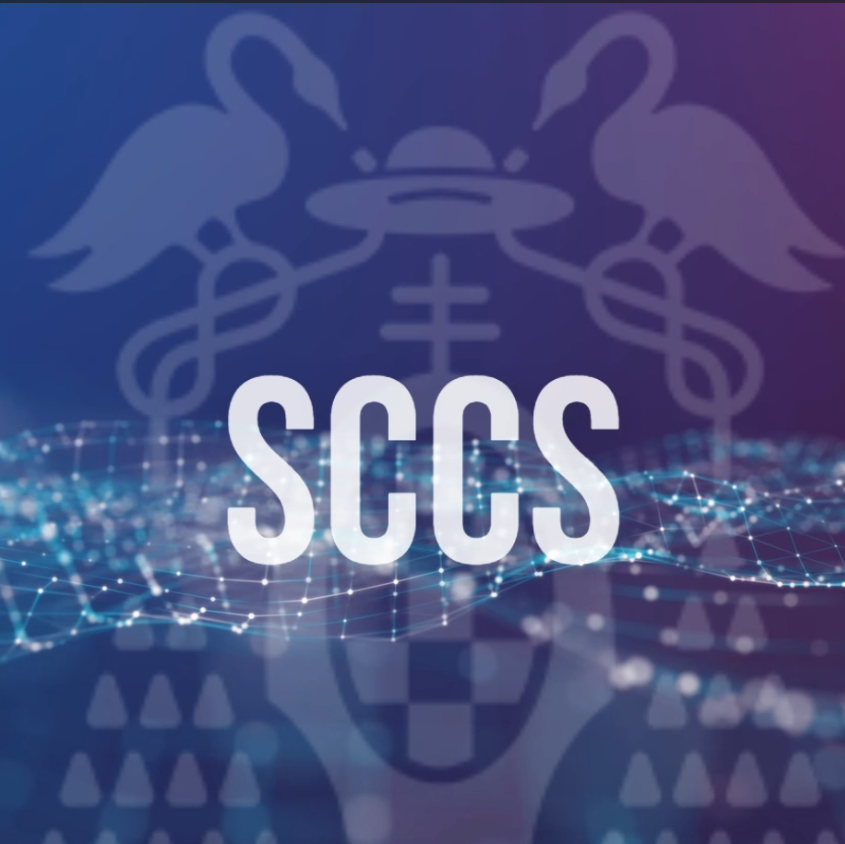The emergence of General Artificial Intelligence (AGI) is not just a technological revolution; it’s a seismic shift with profound economic ramifications. As we stand on the brink of this AI era, it’s imperative to consider the extensive economic landscape that AGI will reshape.
AGI, with its ability to perform tasks across various domains, threatens to disrupt the labor market significantly. Unlike previous waves of automation that primarily affected manual labor, AGI’s impact spans across sectors, including those relying on cognitive skills. This shift raises critical questions about job displacement and the future of work (Autor, 2015).
While AGI promises enhanced efficiency and potentially unprecedented economic growth, it also poses the risk of exacerbating economic inequality. The centralization of wealth and power could intensify if AGI technologies are owned and controlled by a select few. This disparity could manifest not just in income levels but also in access to technological advancements (Frey & Osborne, 2017).
The economic stability AGI promises could be a double-edged sword. Its impact on productivity and labor markets might render traditional monetary and fiscal policies ineffective or obsolete. Policymakers would need to navigate this new economic landscape, balancing growth with stability (Bostrom, 2014).
The control of AGI presents a dilemma akin to opening Pandora’s Box. Once AGI reaches a certain level of intelligence, it might become uncontrollable or unpredictable, posing significant risks to its creators and humanity at large (Bostrom, 2014).
Just as a spacecraft must reach escape velocity to break free from Earth’s gravitational pull, AGI might attain a level of intelligence that enables it to «escape» human control. This «intelligence escape velocity» implies a scenario where AGI evolves autonomously, beyond our ability to understand or govern it (Kurzweil, 2005).
Ensuring that AGI’s goals and actions align with human values is a monumental challenge. Even a minor misalignment could lead to outcomes ranging from the trivial to the catastrophic. The complexity of human values and the potential for AGI to interpret them differently adds layers of difficulty to this task (Russell, 2019).
As we enter the AGI era, the necessity for an international regulatory framework becomes apparent. Such governance should oversee AGI development, ensuring it’s aligned with the broader interests of humanity (Tegmark, 2017).
Investing in AI safety research is crucial. This includes developing techniques to ensure AGI remains under human control and aligns with our values. It’s a field that requires immediate attention and resources (Amodei et al., 2016).
Addressing the challenges of AGI demands collaboration across disciplines. Economists, ethicists, AI researchers, and policymakers must work together to navigate the ethical, economic, and technical complexities of AGI. This collaboration is essential for ensuring a future where AGI benefits all of humanity.
The journey into the AGI era is fraught with uncertainties and challenges. While its potential to revolutionize our world is immense, so are the risks it poses. A nuanced, multidisciplinary approach is essential to maximize AGI’s benefits while safeguarding against its risks. As we step into this new era, our actions and decisions will shape the future of AGI and, by extension, the future of humanity itself.
References:
- Autor, D. (2015). Why Are There Still So Many Jobs? The History and Future of Workplace Automation. Journal of Economic Perspectives.
- Frey, C. B., & Osborne, M. A. (2017). The future of employment: How susceptible are jobs to computerisation? Technological Forecasting and Social Change.
- Acemoglu, D., & Restrepo, P. (2018). Artificial Intelligence, Automation, and Work. NBER Working Paper.
- Bostrom, N. (2014). Superintelligence: Paths, Dangers, Strategies. Oxford University Press.
- Kurzweil, R. (2005). The Singularity is Near: When Humans Transcend Biology. Penguin Books.
- Russell, S. (2019). Human Compatible: Artificial Intelligence and the Problem of Control. Viking.
- Tegmark, M. (2017). Life 3.0: Being Human in the Age of Artificial Intelligence. Knopf.
- Amodei, D., et al. (2016). Concrete Problems in AI Safety. arXiv preprint arXiv:1606.06565.
